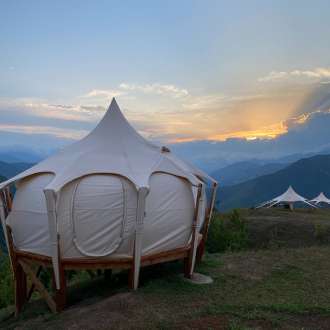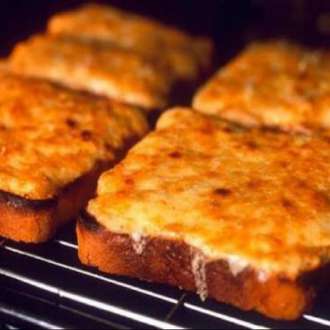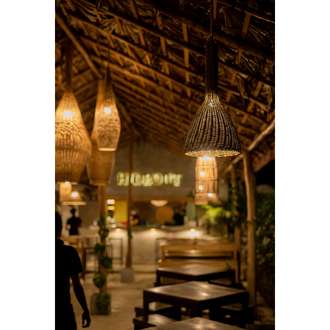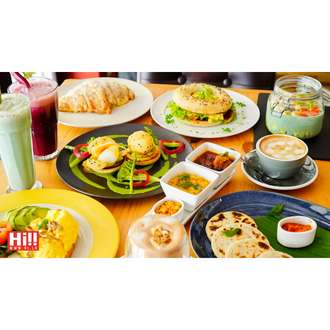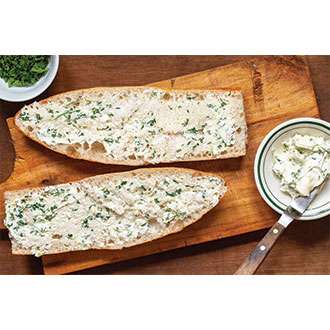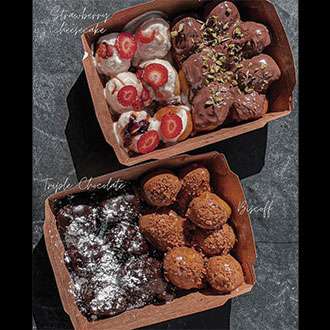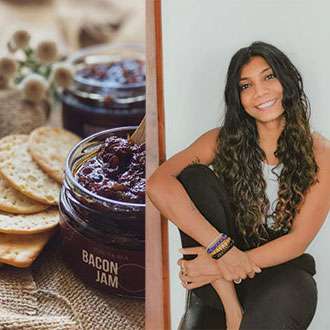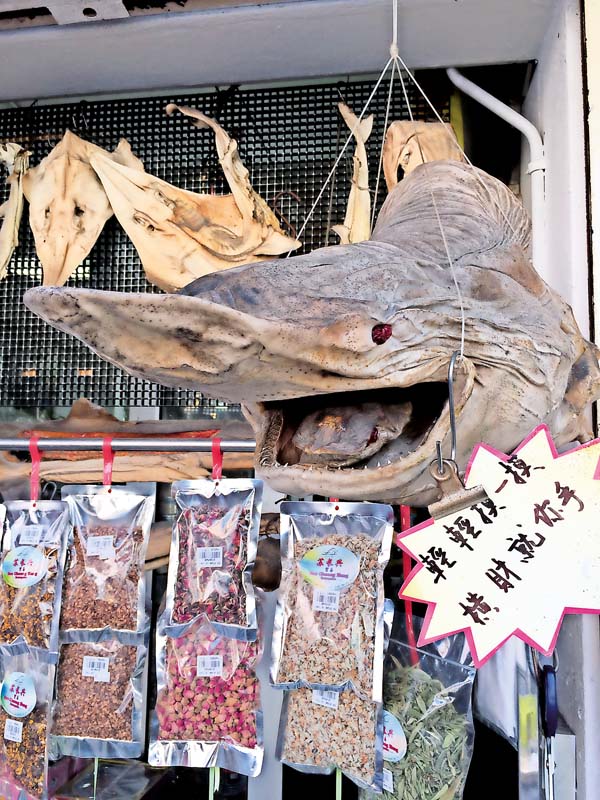
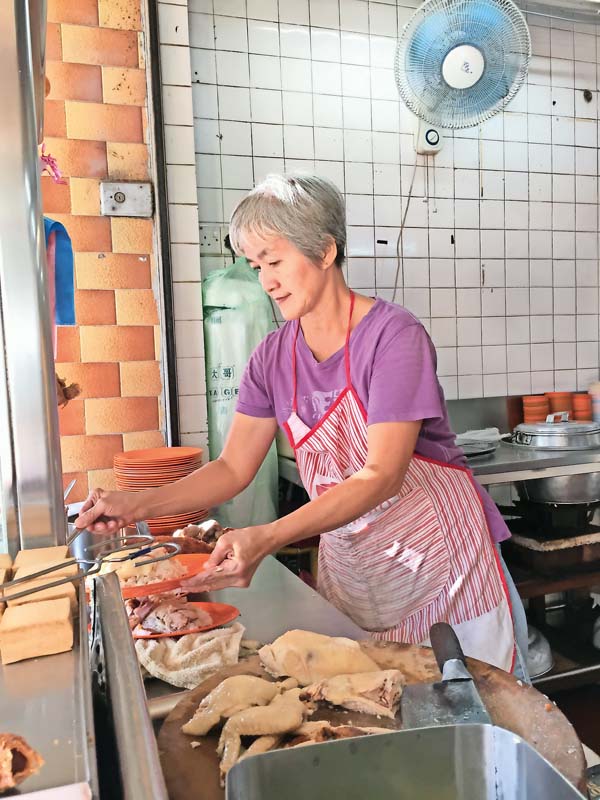
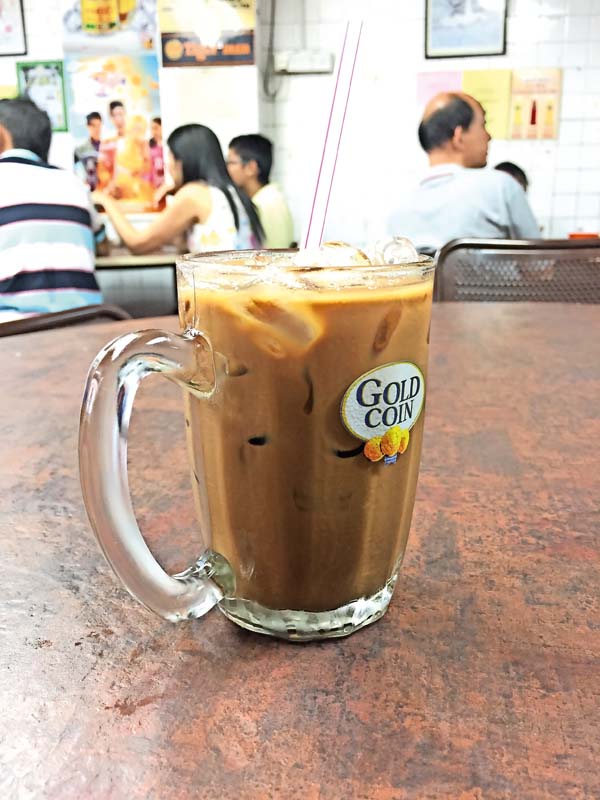
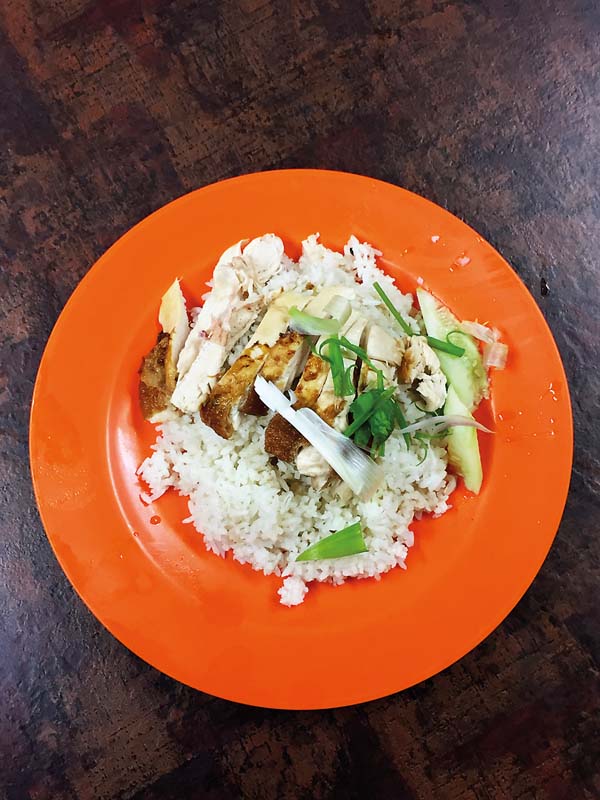
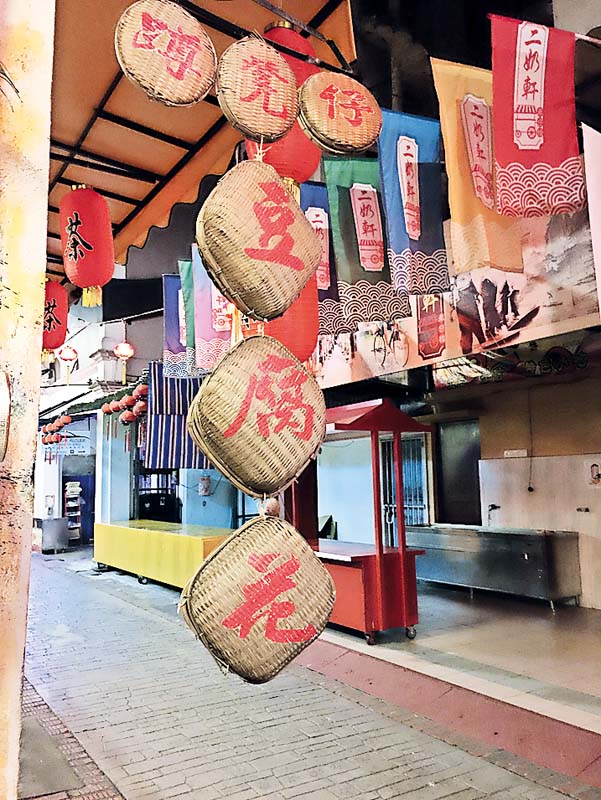
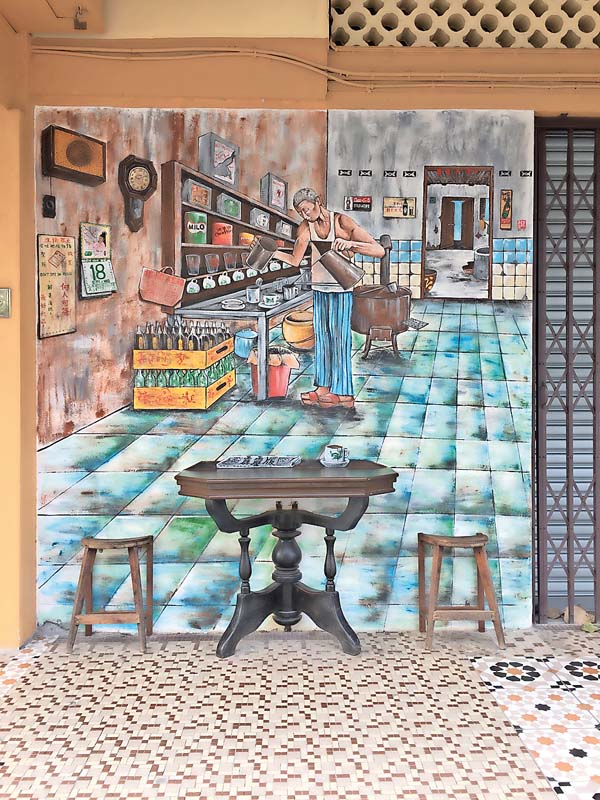
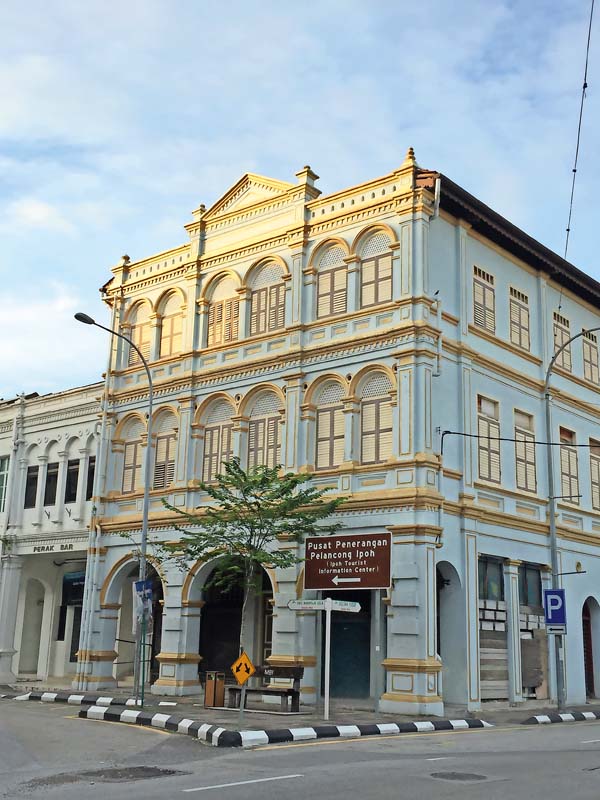
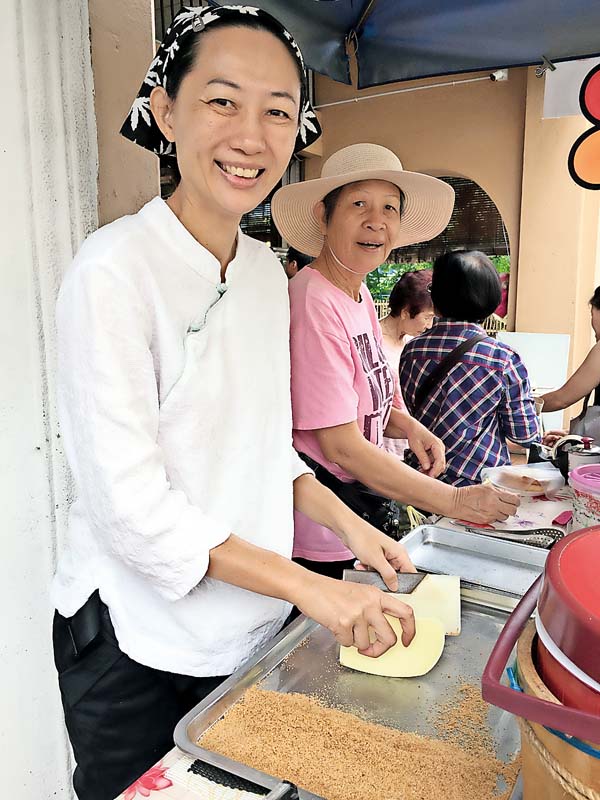
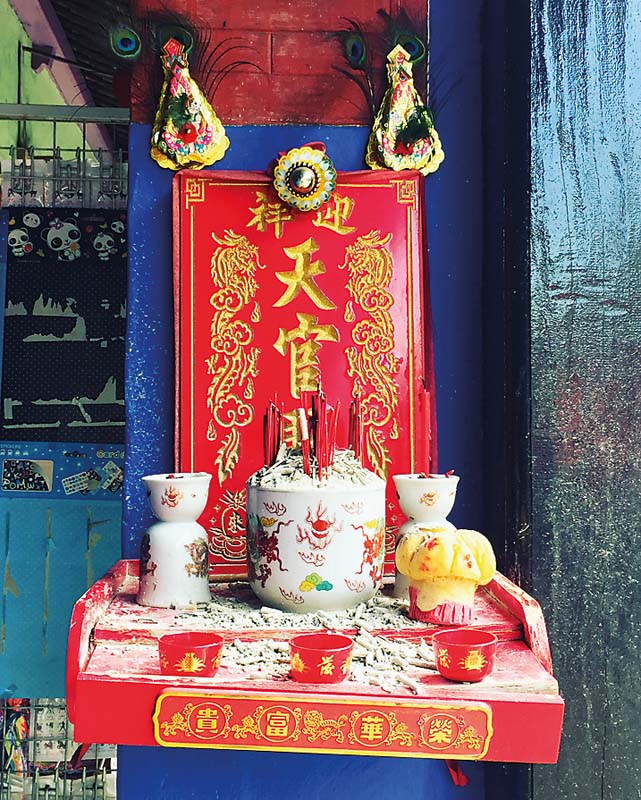
Billed as a foodie destination with a heady mix of art and culture This quaint Malaysian town makes an ideal weekend getaway.
Described by locals as “the town that tin built”, in the mid 1900s Ipoh enjoyed great financial rewards as it was the world’s largest producer of tin. Before its glory days Ipoh was a little quiet village in the valley of the Kinta River, but with the growth of its tin mining industry the fortunes of the village changed and the village transformed into a cradle of excesses with booming nightlife, bars and heady consumption to cater to the various teams of miners who had descended on the village to seek their fortune.
In the 1980’s Ipoh’s fortunes changed with the collapse of tin prices and with it the miners and their entourages left Ipoh transforming it from an active and lucrative village to a town more suitable for retirement and a place for those travelling between the Cameron Highlands and Penang to stop and eat. Legend has it that the food in Ipoh tastes so much better due to the surrounding limestone karst mountains and the hardwater which locals claim makes the food infintely better.
Ipoh is the capital of the Malaysian state of Perak and claims its place as the fourth largest city of this burgeoning country which many races and religion call home. From Chinese and Indians to Europeans and Malays they all live in relative peaceful harmony. This fusion of cultures has helped Malaysia to create an array of delectable dishes which will tantalize and titillate any palate. Ipoh also enjoys a reputation as being a prime foodie destination in Malaysia . This was further supported when Lonely Planet placed Ipoh in 6th place on their list of must-visit places in 2016 by encouraging a visit to Ipoh saying “food is reason enough to visit”.
Apart from food, Ipoh is also home to street art. In 2014 the famous Lithuanian street artist Ernest Zacharevic who gained fame for painting many murals in Penang’s Georgetown, visited Ipoh and painted many murals on beautiful old colonial buildings. Taking their cue from Earnest Zacharevic, many local artists too have created equally good street art many with powerful social messages. For those who harbour a penchant for street art, then Ipoh is indeed a treasure trove waiting to be discovered.
This was good enough reason for me to plan a trip to explore this heritage city and seek out what else it could offer. Ipoh is strategically located only a two hour drive away from Kuala Lumpur but I had landed just before a long weekend so the journey lasted twice as long. That aside the journey was a pleasant one as the surrounding landscape was lush and verdant interspersed with montages of rural village life.
Arriving in Ipoh I felt a compulsion to check out if Ipoh’s reputation as a foodie destination was indeed an authentic claim. White coffee, bean sprouts chicken, hakka mee, assam laksa, chicken rice, satay, char kway teow and custard pies were just some of the delectable food that I saw as I walked along the sidewalks which were lined with eateries. At every corner there were street food vendors grilling meat or stirring huge woks of noodles at lightning speed. Enormous cauldrons of broth stood bubbling away and the heady aromas that escaped from it was indeed mouthwatering.
Local intelligence by way of the hotel staff confirmed that bean sprouts chicken is one of Ipoh’s authentic dishes. It is believed that the water from the surrounding karst mountains makes the bean sprouts grow better, making it succulent and crunchy along with a taste that is not found anywhere else in Malaysia. The tender chicken coupled with slight chillie flavours and the crunchy bean sprouts and hor fun makes this a versatile dish which can be eaten even for breakfast.
Another thing Ipoh is famous for is its white coffee. Residents told me that Ipoh is noted for being one of the pioneers of white coffee in the world. Known locally as pak-ko-pi the term white coffee is not white, instead it refers to its unique ritual of roasting, brewing and stirring techniques that yield the coffee its distinct and fine taste. The ‘white’ coffee is available in hot and cold form and the latter is particularly nice if you ask them to add a splash of milk, it is similar to a much stronger iced coffee which is a perfect thirst quencher as one weaves in and out of the many streets that beg to be explored. In local parlance the manifold coffee shops are called kopitiams and they provide the perfect setting to watch the Ipohites at work and play.
In Ipoh if you are not walking around taking in the sights you are eating, absorbing the tastes and aromas of the delicious food. All my meals were consumed from wayside cafes and hawker style carts where old vendors plied their trade conjuring up bowl after bowl of noodles. Apart from gormandizing it also provided great entertainment just watching the locals cook their cuisine, barking instructions at their colleagues and working at a speed faster then lightning and never ever tasting what they send to the punters.
Similar to any other town that is centuries old, Ipoh has its own distinct style of architecture. According to historians, Ipoh’s existence was shaped during the tin rush which was when the British ruled Perak. During this period roads were built into towns and rows of shops and majestic colonial buildings lined these roads. During the glory days of tin mining, British business owners along with architects, engineers and bankers who had arrived in their droves helped to shape the architecture as they wanted to live their colonial life in what was at the time considered to be the exotic Far East. These buildings by way of the Art Decor styled Mercantile Bank, the Chartered Bank, the Ipoh Train station and the Renaissance inspired SPH De Silva Building all stand as a testament to the glorious architecture that helped shaped Ipoh during its glory days.
While meandering through the streets of old Ipoh I ground to a halt when I spotted a large sign with the words “Sinhalese Bar”, emblazoned on it hung on top of an old shop building, down Treacher Street with swinging saloon doors. A quick chat with the owner Alfred Perera revealed that his family was one of the early Sri Lankan settlers in Malaysia and his father had braved the unknown and ventured further afield to Ipoh and set up the bar in 1931. Alfred hails from Unawatuna and apart from spending some of his vacations in Sri Lanka he has lived his entire life in Ipoh. The Sinhalese Bar is the second oldest bar in Ipoh and has retained much of its original character. A pair of deer antlers hang on the wall along with old sepia family photos and various press cuttings on the benevolent acts of charity the bar does like providing a vegetarian meal for over three hundred people at Vesak. The Sri Lankan trait of serendipity continues to thrive in Ipoh almost nine decades since it first opened.
The old shop houses and colonial buildings have been used as a canvas for many artists to indulge in painting. Art with seminal messages to art for art’s sake are found in abundance. Such is the lure of its art that the local tourism authority has a special map which denotes where all the art is located. Colourful wall murals, some of which are in 3D attracts a steady stream of visitors.
With colourful buildings and interesting throughfares with nostalgic names like Concubine Lane and Market Lane which have retained its old world charm, Ipoh is an Instagrammer’s paradise. Gourmands and art lovers flock to Ipoh but the city is also a haven for travellers who want a quieter pace of life from the busier areas of Malaysia. Steeped in history and retaining its quaintness while the pressures of modernity bear down relentlessly, Ipoh makes a wonderful destination for a restful long weekend filled with days of meandering and eating while feasting your eyes on an array of visual treats.
